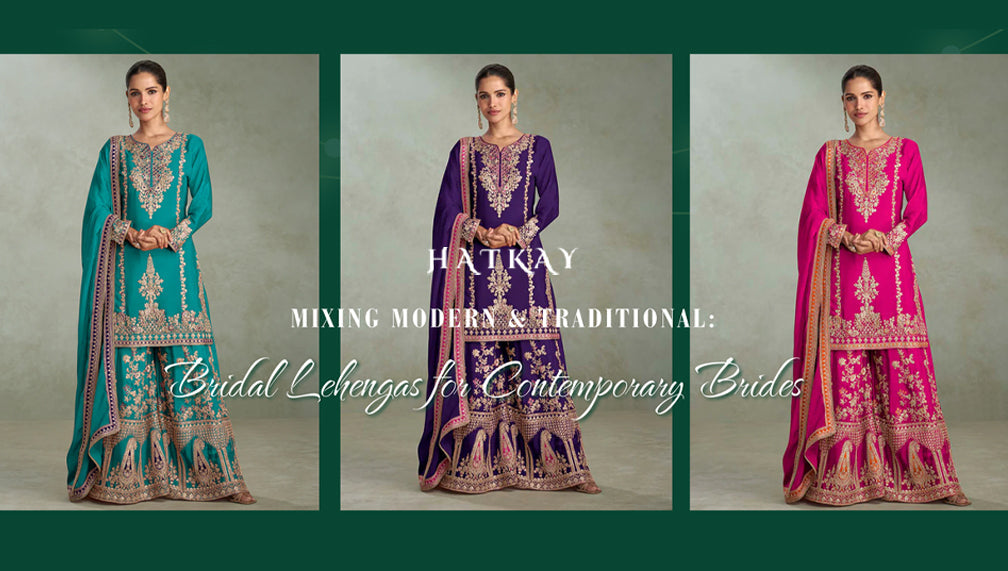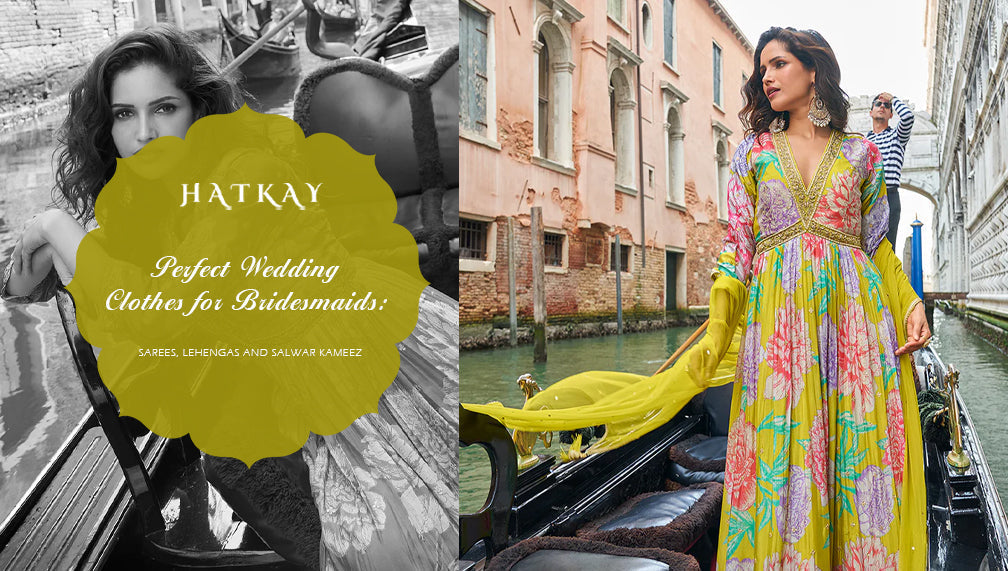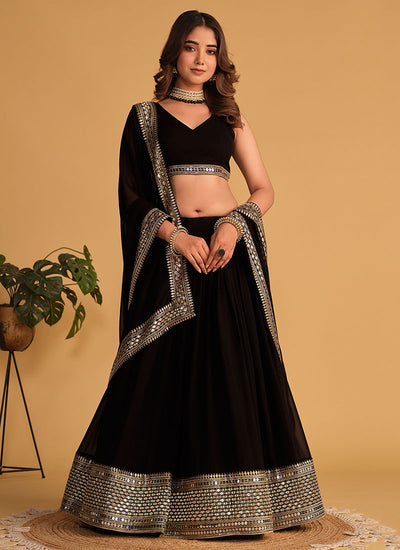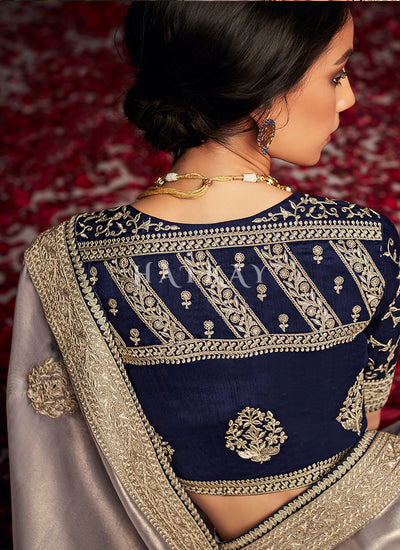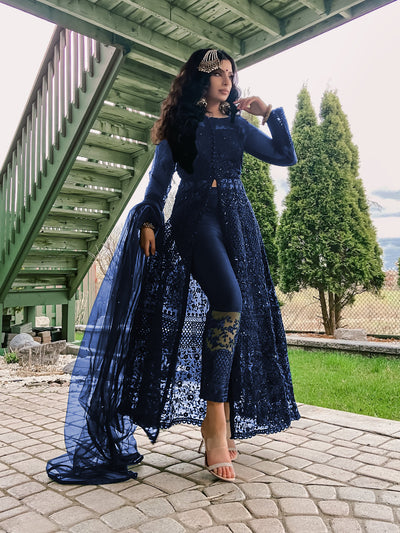
The History and Fascinating Trivia Surrounding the Popularity of Anarkali Suits
Anarkali suits are one of the most elegant and graceful outfits in Indian ethnic wear. They consist of a long, frock-style kurta that flares from the waist or bust, a slim-fitted bottom (usually a churidar or a palazzo) and a dupatta. They are available in various lengths, fabrics, colors, patterns and embellishments, making them suitable for different occasions and body types.
But do you know how this beautiful attire got its name and origin? Let’s explore the history and some interesting facts about Anarkali suits.
The Legend of Anarkali
The word Anarkali means “the delicate bud of the pomegranate flower/tree”. This name was given to a famous courtesan in the court of Mughal emperor Akbar, who was known for her beauty, innocence and charm. According to the legend, she had a forbidden love affair with Akbar’s son and crown prince Salim (later known as Jahangir). When Akbar discovered their relationship, he was furious and ordered to bury Anarkali alive in a wall. Salim was heartbroken and vowed to avenge his beloved’s death when he became the emperor.
The story of Anarkali and Salim has been depicted in many films, books, plays and songs over the years. Some historians believe that Anarkali was actually a fictional character created by writers and poets to romanticize the Mughal era. Others claim that she was a real person who was either a dancer, a singer, a concubine or a wife of Akbar’s general. However, there is no conclusive evidence to prove or disprove her existence or her relationship with Salim.
The Evolution of Anarkali Suits
Anarkali suits are said to have originated from the Punjab region of Mughal India, where women wore long, flowing kurtas with churidars and dupattas. They were inspired by the Persian and Turkish styles of dressing, as well as the local traditions and cultures. Anarkali suits were popular among the royal and noble women of the Mughal era, who wore them with rich fabrics, intricate embroideries and lavish accessories.
Anarkali suits went out of fashion after the decline of the Mughal empire and were replaced by other styles of salwar kameez. They were revived in the 20th century by Bollywood movies and celebrities, who brought back their glamour and grace. Some of the famous movies that featured Anarkali suits are Mughal-e-Azam (1960), Pakeezah (1972), Umrao Jaan (1981) and Jodhaa Akbar (2008). Some of the popular actresses who wore Anarkali suits are Madhubala, Meena Kumari, Rekha, Aishwarya Rai Bachchan and Deepika Padukone.
Today, Anarkali suits are one of the most sought-after outfits in Indian fashion. They have evolved with time and trends, incorporating various designs and elements such as floor-length, jacket-style, layered, gown-style, cape-style, palazzo-style and more. They are made with different materials such as cotton, silk, georgette, chiffon, net, brocade, organza and more. They are adorned with different works such as gota patti, block print, bandhani, zari, zardozi, chikankari, mukaish and more.
The Popularity of Anarkali Suits
Anarkali suits are popular among women of all ages and regions because they have many advantages and benefits. Some of them are:
- They are versatile and can be worn for casual, formal, festive or wedding occasions.
- They are flattering and can suit any body type or shape.
- They are comfortable and easy to wear and carry.
- They are elegant and stylish and can make anyone look like a princess.
- They are timeless and classic and can never go out of fashion.
Anarkali suits are a symbol of Indian culture and heritage. They reflect the beauty and grace of the women who wear them. They are a perfect blend of tradition and modernity. They are a must-have in every woman’s wardrobe.


























































